Magnificent, Mind-blowing and Magnanimous!!! is how I would coin my experience. Its been a month but the hangover still continues and have been spending couple of hours every week since DF'14 planning for DF'15.
Complete process oriented. Such simple and hassle free.
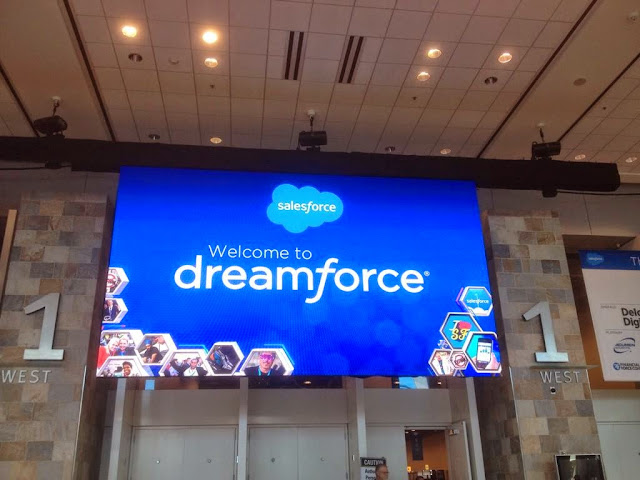 |
| Arrived |
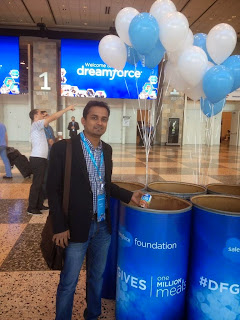 |
| Sharing is Caring |
My Contribution towards One Million Meals. Just love the 1:1:1 concept - 1% of Equity, 1% of Product and 1% of Time - Imagine this philanthropic approach being adopted across the globe " World would be a better place to live"
You can read more about this here
SALESFORCE FOUNDATION
Also I would encourage individuals and companies to take the pledge and make the world a better place.
Take-The-1/1/1/ -Pledge
Loved the way people in blue T-shirts greeted us with a smile and patiently answered all our queries. The T-shirt with " I LOVE SF" written on it was awesome connecting San Francisco and Sales Force :)
 |
| Registrations!! - "I Love SF" |
Feels like the whole world is out here. 150,000 + people which is 1/6th population of the San Francisco.
 |
| Towards Developer & Admin Zone |
After a long wait we finally get to witness the keynote live, something which I have been watching on YOUTUBE for past many years now.
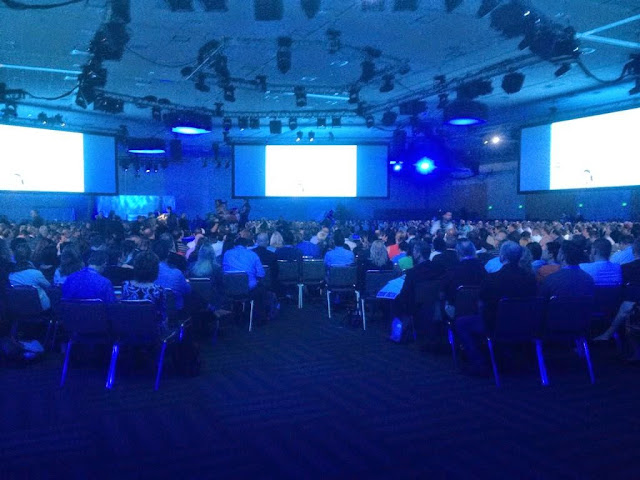 |
| Waiting for Product Keynote to Begin |
 |
| THE GRAND KEYNOTE |
More than 1400 sessions!! Phew!! Managed around 20 sessions revolving around Partners, Wave, IOT, wish could have attended more.
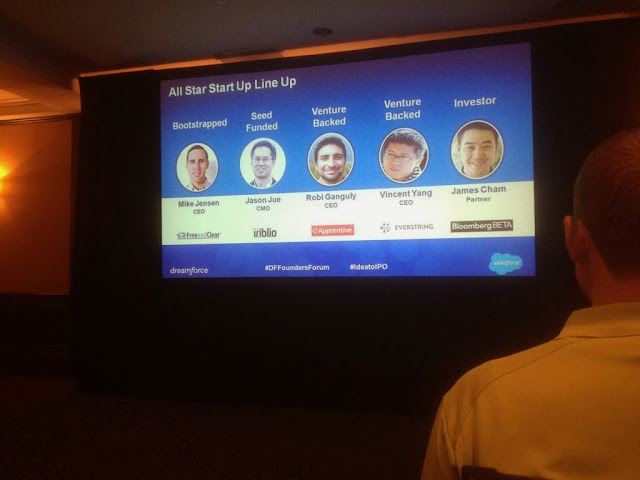 |
| Start Startups Sharing Secrets |
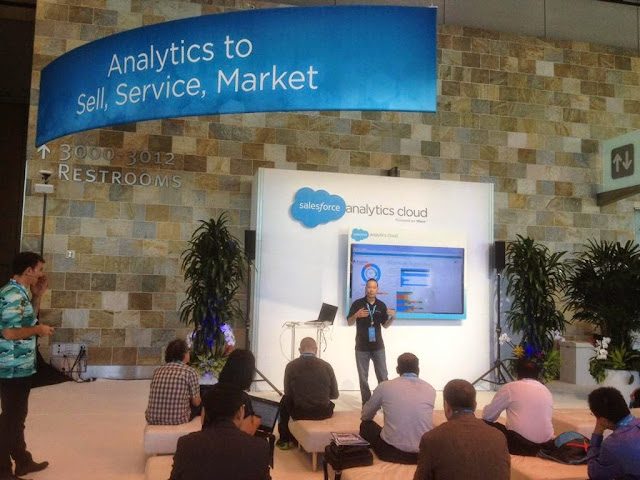 |
| Session on Analytics |
Met Old Friends and Made New Ones!! DF is about a lot of Networking too. Thanks to Murali for introducing us to this wonderful group. This group were all from different parts of the world with shitloads of energy and enthusiam.
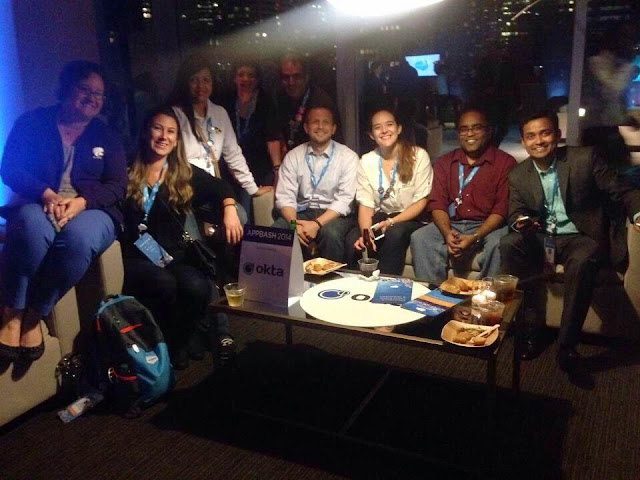 |
| Mingling with Solo riding group |
A "Moment" to be remembered. Watching Mr.Benioff and Mrs. Clinton at arm's length distance was dream come true. Have only been watching them in newspapers and videos.
 |
| Kodak Moment |
Well here we are hanging out with sassy, over a cup of coffee.
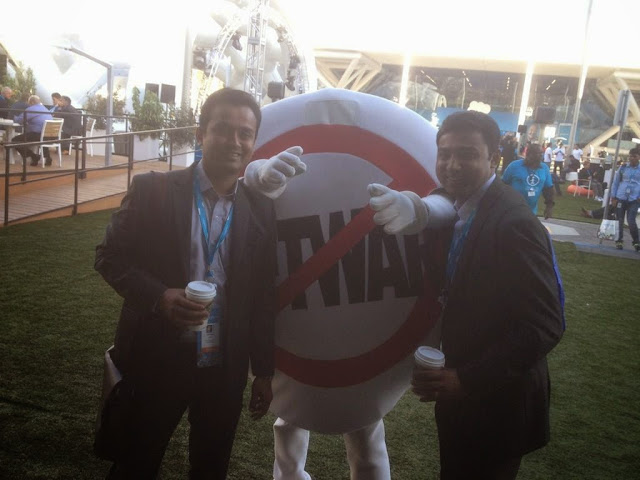 |
| Starbucks with Sassy |
Big Guys, have had an opportunity to work and learn with some of these brands directly or indirectly.
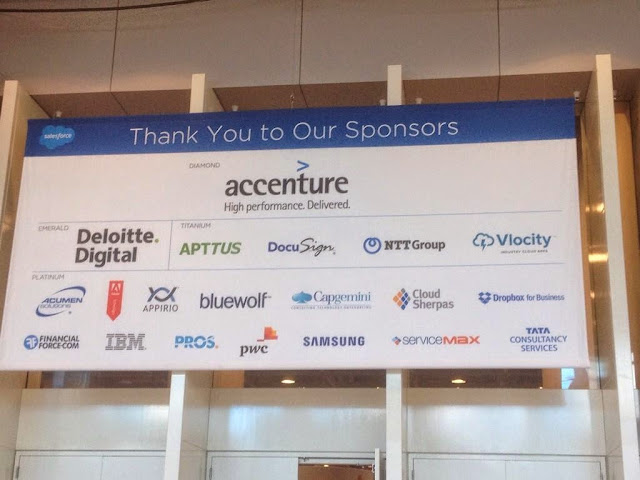 |
| Will feature my startup on this board soon!! |
I would keep the PARTY, After PARTY and After After PARTY pics to myself for now!!! You can see them offline when we meet in person ;)
















